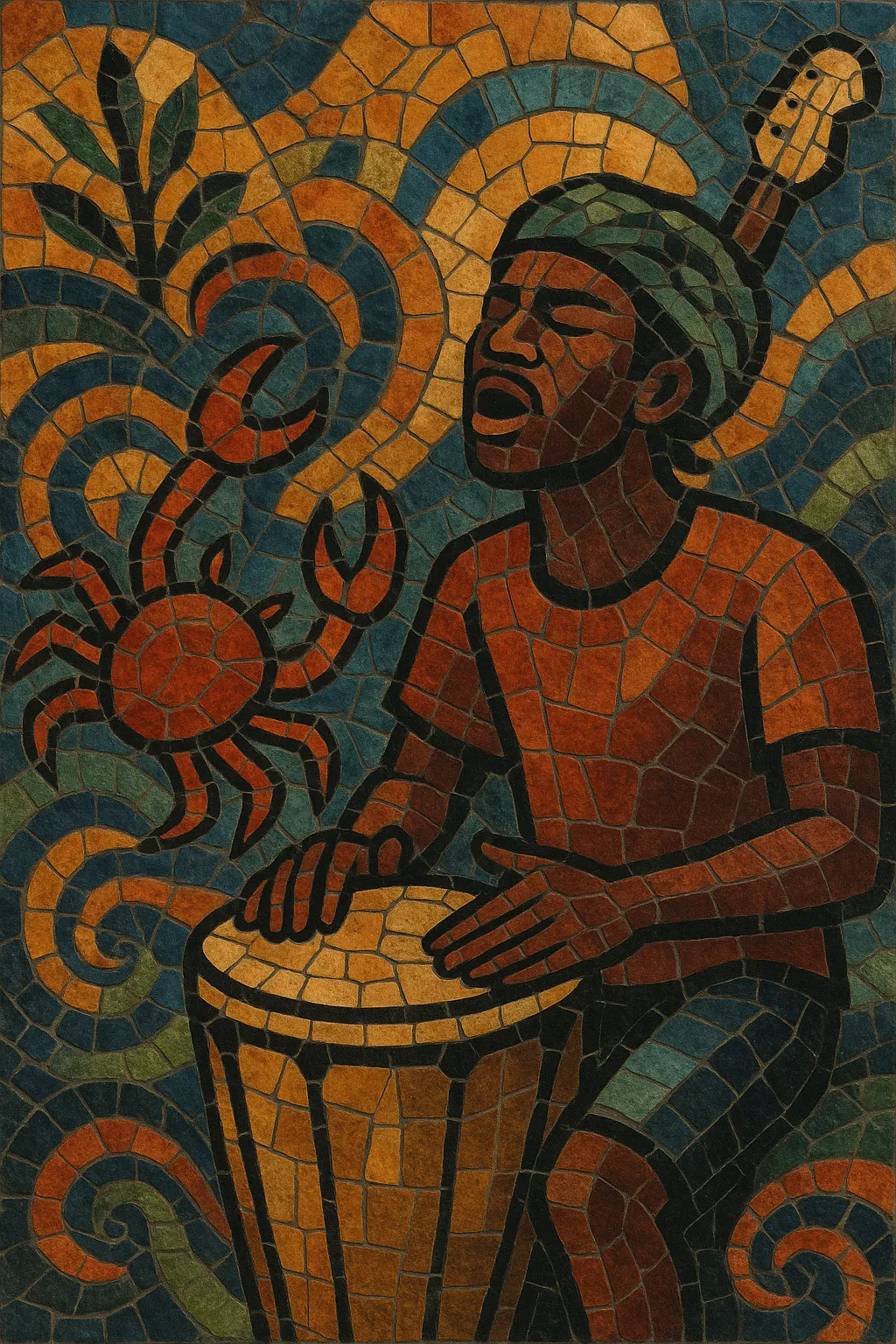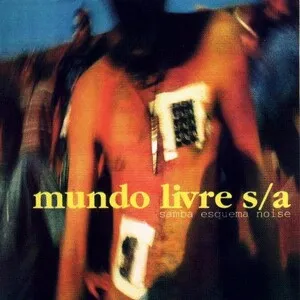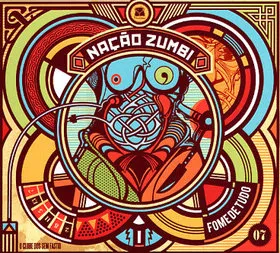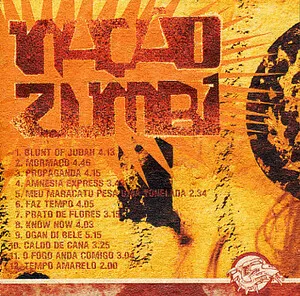Your digging level
Description
Mangue beat (also written manguebit or manguebeat) is a Brazilian cultural and musical movement that emerged in Recife, Pernambuco, in the early 1990s. Its core idea was to "stick an antenna in the mud"—connecting the rich, swampy Afro-Indigenous rhythms of the mangroves (maracatu, coco, ciranda, frevo) to global pop culture, rock, hip hop, dub, and electronic music.
Musically, mangue beat is driven by heavy, syncopated percussion inspired by maracatu (notably the alfaia drum), layered with electric bass and guitar, samples, turntables, and occasional synths. The sound is simultaneously earthy and futuristic: dense polyrhythms, raw riffs, groove-centric basslines, and streetwise MC-like vocal flows coexist with hooky choruses.
Lyrically, the movement is socially conscious and often satirical, addressing environmental degradation of mangroves, inequality, urban life in Recife, and the contradictions of globalization. The result is danceable, percussive, and insurgent music that reframed Brazil’s regional traditions as a platform for innovation.
History
Mangue beat crystallized in Recife, Pernambuco, through a network of bands, writers, and producers who sought to update local traditions by fusing them with global sounds. In 1992, the movement’s guiding text—often summarized by the slogan "crabs with brains"—proposed Recife’s mangrove ecosystem as a metaphor for cultural fertility and connectivity. The goal was to wire the region’s folk rhythms (maracatu, coco, ciranda, frevo) to contemporary genres like rock, hip hop, dub, and electronica.
Key architects included Chico Science & Nação Zumbi and Mundo Livre S/A, whose rehearsal spaces, street parties, and collaborations defined the sound and ethos. Local festivals and independent circuits (such as Abril Pro Rock) helped the scene gain visibility across Brazil.
Chico Science & Nação Zumbi released "Da Lama ao Caos" (1994) and "Afrociberdelia" (1996), landmark albums that codified the style: pounding alfaia drums and maracatu cadences interlocked with distorted guitars, funk bass, rap inflections, and dub textures. Mundo Livre S/A’s "Samba Esquema Noise" (1994) offered a parallel, punk-funk-jazz-tinged vision of the manifesto.
The movement’s hybrid aesthetics, political commentary, and strong visual identity (swamp iconography, urban street art) resonated nationally and internationally. After Chico Science’s untimely death in 1997, Nação Zumbi continued and the broader Recife/Olinda scene diversified, with projects exploring electronics, cinema, and multimedia.
In the 2000s, artists like Otto, DJ Dolores & Orchestra Santa Massa, and others expanded mangue beat’s palette with sample-based production and club-informed grooves. The movement’s ethos—valorizing regional rhythms as engines for modern experimentation—influenced Brazilian indie and rock, and encouraged subsequent generations to fuse local percussion with contemporary global styles.
Today, mangue beat stands as a benchmark for culturally grounded innovation in Brazil: a model for how tradition, technology, and social critique can power a vibrant, danceable, and globally conversant sound.











